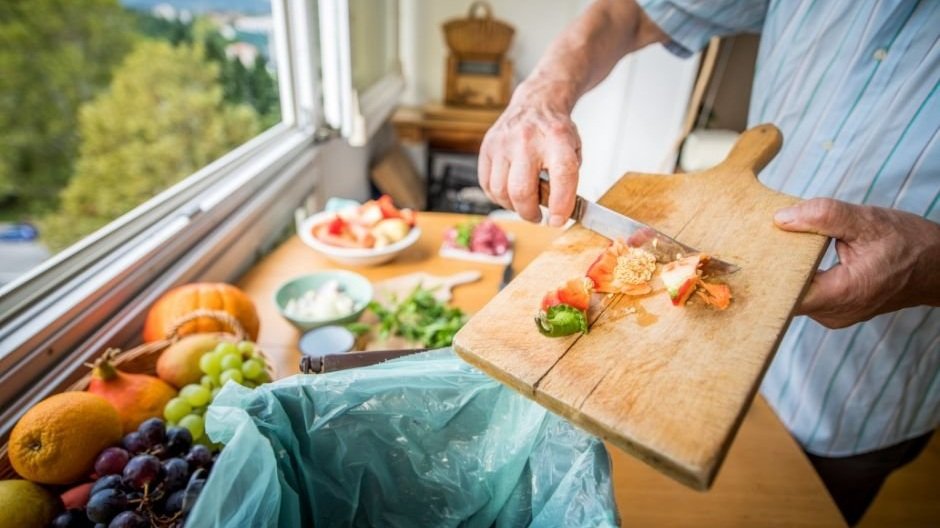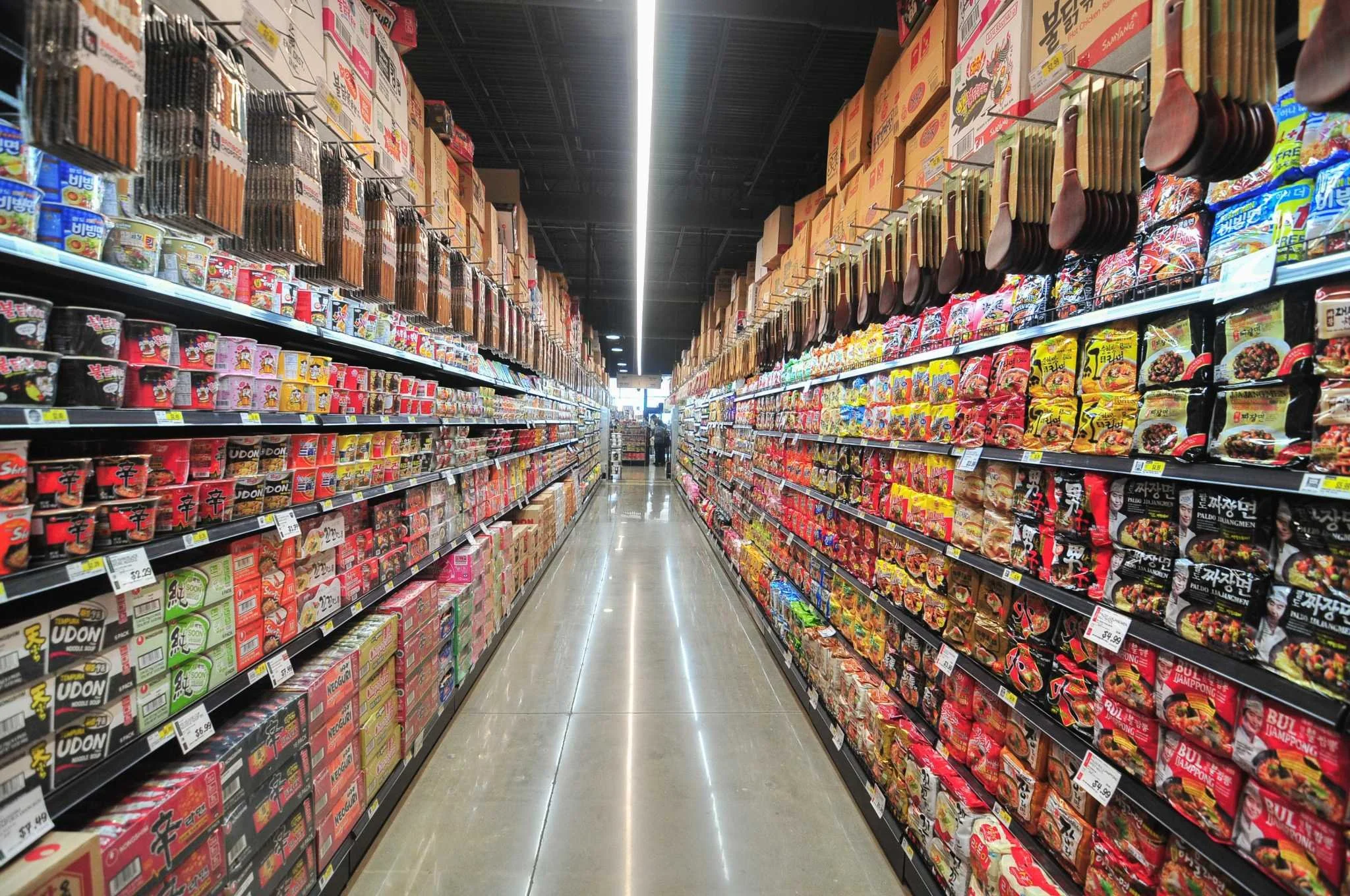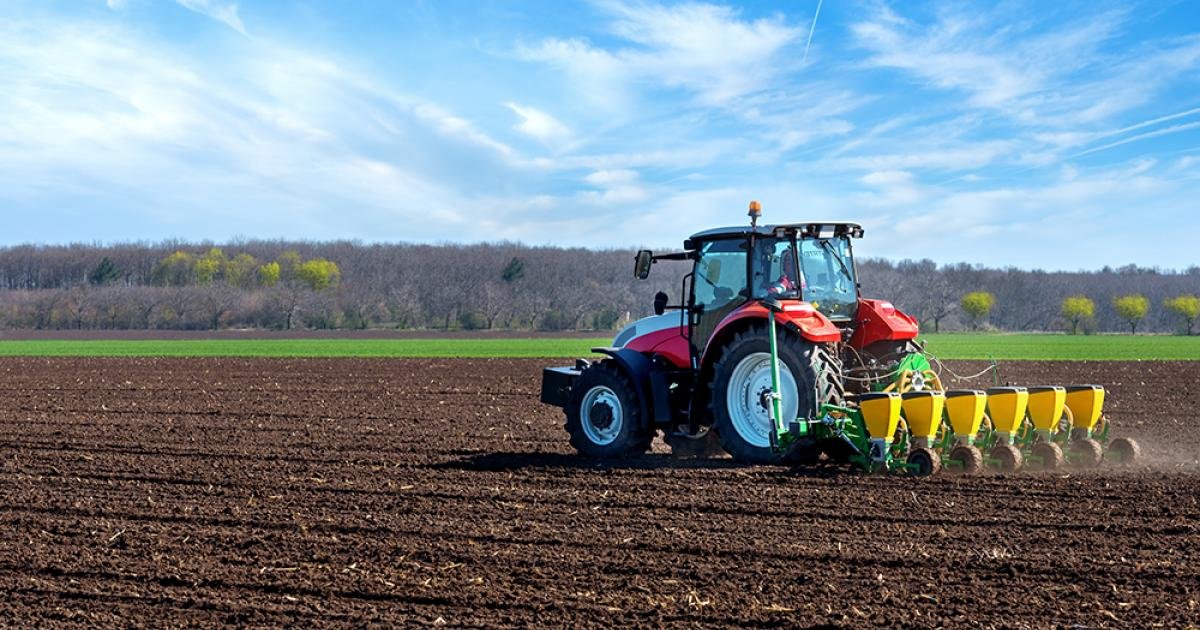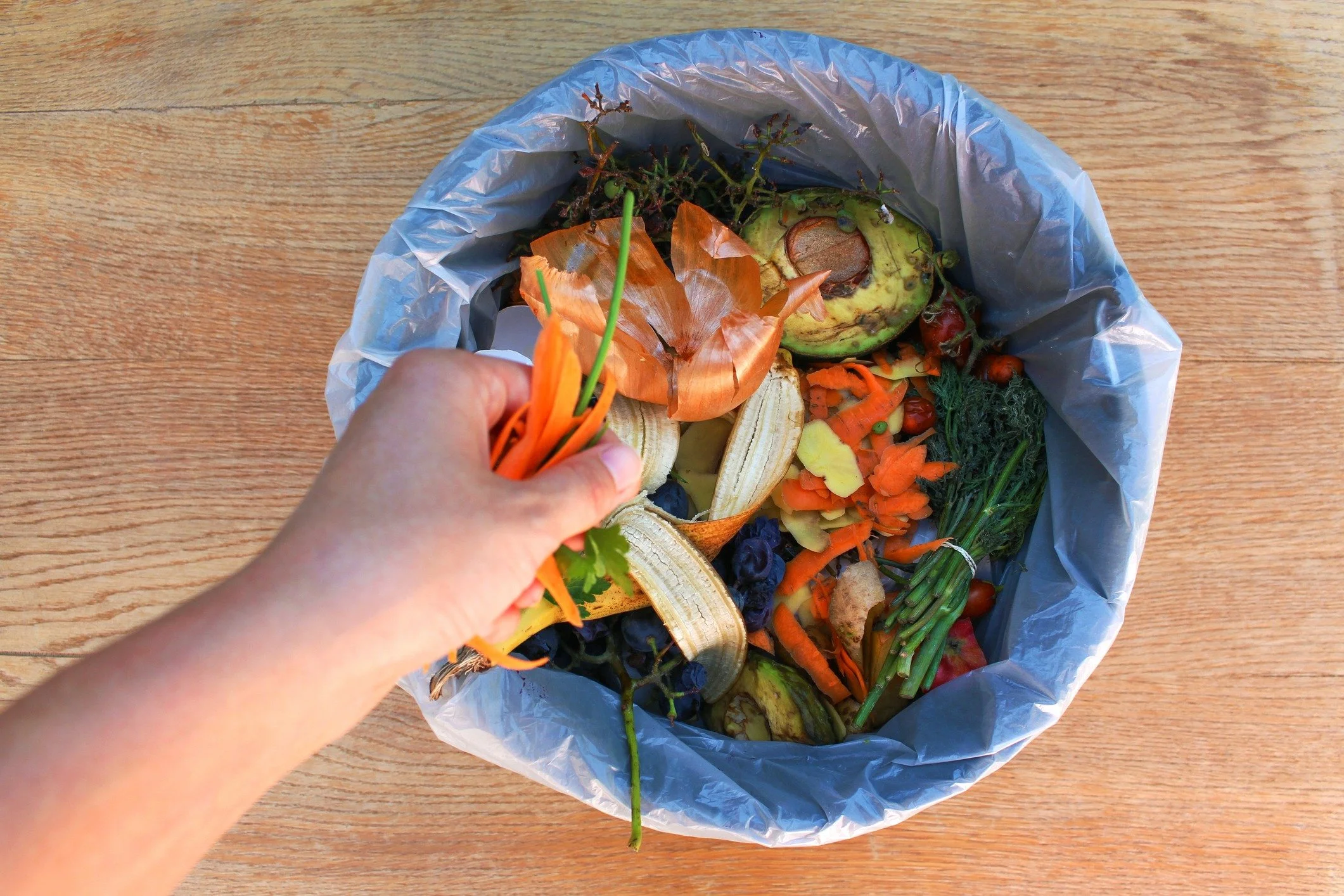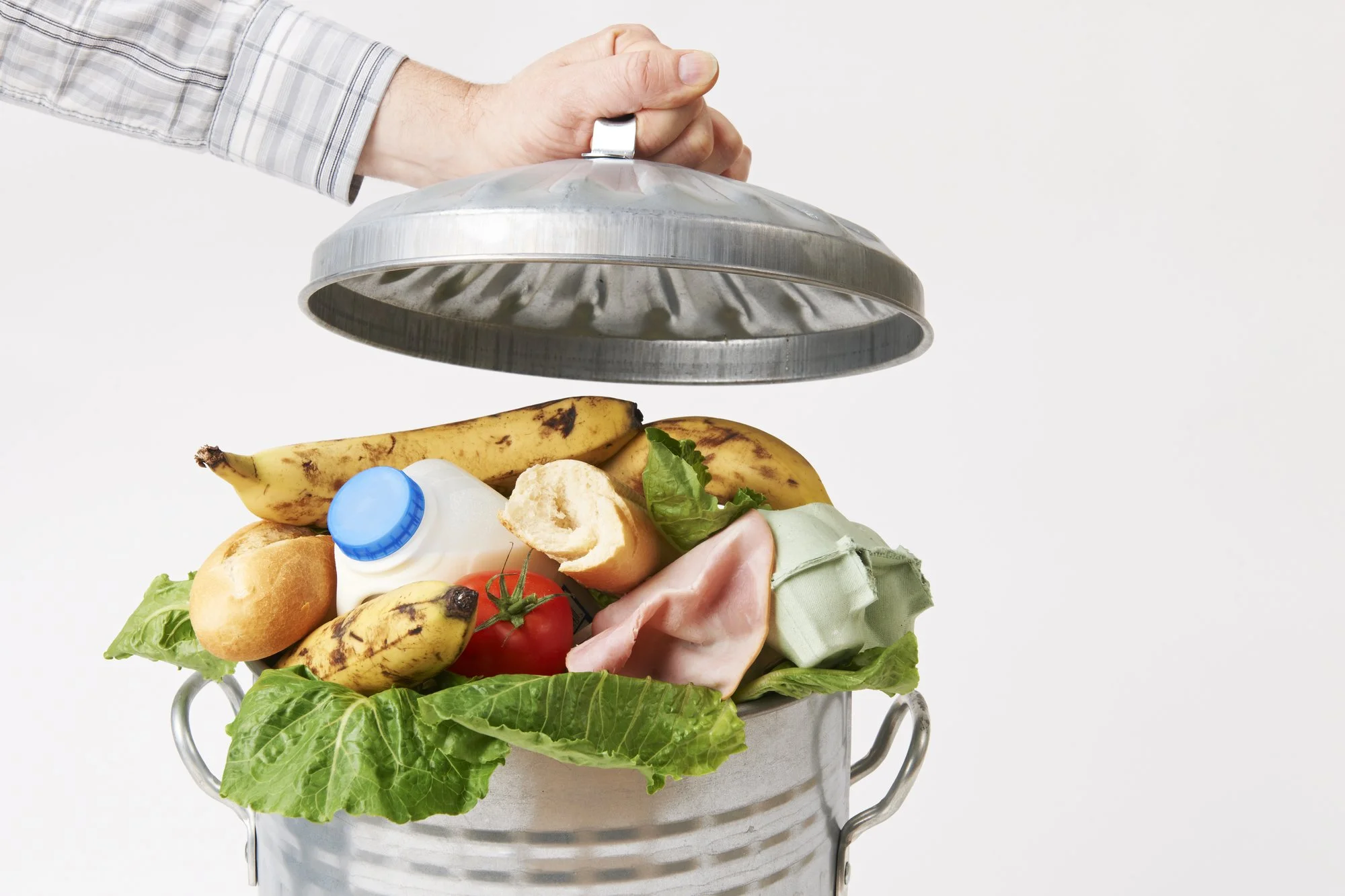What Every Texan Can Do to Reduce Food Waste
Discover > Texas Mom Blog > What Every Texan Can Do to Reduce Food Waste
Back when I was a teenager in the early 2000s, I worked for a small pizza joint in Dallas, Texas. In my 2-year stint there, I saw the ins and outs of their business structure and I couldn't believe my eyes at how much wasted food was put to waste.
In the name of quality control, I saw how many pies I had to take out to the garbage bin because it couldn't cut it. I couldn't blame their business model at the time but homeless people looking intently at what you're throwing out didn't really help. Admittedly, this food waste was one of the first things that put me off that job (apart from the meager salary that couldn't buy me that old Hilux I always wanted).
So, I knew I couldn't change how people lived and realized that change has to come from oneself. So I started taking a deep dive into how reducing food waste is not only a way to save money but it's also a great way to give a bit of slack to the food supply chain and redivert more of our natural resources to where they're most needed.
But before we jump into any specific steps to reduce wasted food, we have to see the different sources of problems and how all the waste from food scraps in the household, food waste from industrial food producers, and a lot of other factors add up to the problem of how much food are we all wasting.
Sources of Food Waste
Based on data provided by the United Nations Environment Program, a third of all the food - approximately 2.8 trillion pounds - is wasted every year. In the United States alone, 133 billion pounds of food are put to waste each year, and is one of the top contributors when it comes to filling up landfills all over the country. In turn, methane is produced when this food waste decomposes in landfills - further adding to the problem of greenhouse gas emissions. Because of all this wasted food, there's a need to address this problem from a personal level. And in the effort of reducing food loss, one has to look at the source of it all.
But where does all this waste come from? Some people assume that it's from having too much food or leftovers on your plate or just throwing out stale bread in the trash bin. Food waste originates from various sources across the food supply chain. By understanding these food loss sources, Texans can identify key areas where they can make a difference in cutting food waste. Here are the different sources of food waste in Texas:
Restaurants and Grocery Stores
Restaurants and grocery contribute to a significant amount of food waste. Overstocking, expiration dates, physical imperfections, and quality control issues result in edible food being discarded. By implementing better food safety practices, stocking up on only what is needed, discounting slightly past-date items, and partnering with food donation programs, these establishments can further reduce food waste, and redirect surplus food and other resources to where they're most needed.
Household Waste
At the household level, food waste occurs due to factors such as overbuying, improper storage, and inadequate meal planning. Texans can reduce all the food waste in the household by practicing mindful shopping, creating a weekly meal plan of healthy meals with smaller portions, composting, making soup stock from vegetable scraps, proper food handling, growing food in backyards, and a host of other things Texans can do to avoid food waste within each household. These are the few things one can do to reduce food waste one household at a time.
Agriculture and Production
In the agricultural and production stages, food waste arises from factors such as crop damage, imperfect produce, and surplus yields. Fruits and vegetables with physical imperfections or those that do not meet strict cosmetic standards often go to waste. Supporting initiatives that promote the use of imperfect produce can help reduce waste and support sustainable farming practices.
Food Processing and Manufacturing
During food processing and manufacturing, waste can occur due to trimming, peeling, and processing operations. By exploring innovative ways to repurpose by-products such as vegetable peels, vegetable scraps, or chicken carcasses, the food industry can minimize waste and maximize resource utilization.
Food Service and Events
Large-scale events, catering services, and institutional food service establishments generate significant amounts of leftover food and waste. Proper planning, portion control, and surplus food donation programs can help minimize waste in these settings. Collaborating with food recovery organizations can ensure that excess and leftover food is distributed to those in need.
Consumer Behavior
Consumer behavior plays a crucial role in food waste generation. Impulsive buying, over-serving portions, and lack of awareness about foods' expiration dates contribute to avoidable waste. By adopting mindful eating habits, embracing proper portion sizes, and being conscious of foods' expiration dates, Texans can make a positive impact in reducing food waste.
Reducing Food Waste One Texan at a Time
Food waste is a significant issue affecting communities worldwide, and Texas is no exception. Every year, a substantial amount of food ends up in landfills, wasting valuable resources and contributing to environmental problems. However, Texans can play a crucial role in reducing food waste and making a positive impact.
Understanding Food Waste
Food waste encompasses various forms, including edible food discarded at different stages. These forms include fruits and vegetables with physical imperfections, surplus food from restaurants and grocery stores, leftovers from meals, and expired or spoiled food. Each type of food waste has its own origin, and addressing them collectively can make a significant difference.
Tackling Restaurant and Grocery Store Waste
Restaurants and grocery stores play a crucial role in the food supply chain but can also contribute to substantial waste. By adopting strategies like better inventory management, reducing overstocking, and implementing discount policies or discounted prices for slightly past-date items, establishments can significantly reduce food waste. Additionally, partnerships with local food banks or donation programs can ensure that excess food is redirected to those in need.
The Power of Meal Planning
Meal planning is an effective tool for reducing food waste at the household level. By creating a shopping list and sticking to it, Texans can avoid purchasing more food than necessary, reducing the likelihood of items expiring before consumption and avoiding wasting food further. Planning meals also allows for the creative use of leftovers, turning them into new dishes and minimizing waste.
Proper Edible Food Storage Techniques
Implementing proper storage techniques is essential in maintaining food freshness and extending its shelf life. Texans can use airtight containers for storing leftovers, which prevents spoilage and helps maintain food quality. Understanding the optimal storage conditions for different, packaged foods, fruits, vegetables, and pantry staples can also contribute to reducing waste.
Embracing Imperfect Produce
In the quest for visually appealing fruits and vegetables, perfectly edible produce with slight physical imperfections often goes to waste. Texans can support efforts to reduce this type of waste by purchasing imperfect produce, either through specialized programs or local farmers' markets. By embracing produce with imperfections, we not only reduce waste but also support sustainable agricultural practices.
Conscious Portion Sizes and Eating Habits
Promoting conscious portion sizes and mindful eating habits is another way Texans can reduce food waste. By serving appropriate portions and avoiding excessive food consumption, we can minimize leftovers and unnecessary waste. Additionally, adopting a "eat what you buy" mentality encourages responsible purchasing decisions and reduces the likelihood of food going to waste.
Spreading Awareness and Educating Others
Education and awareness are key to fostering a culture of reduced food waste. Texans can engage in conversations within their communities, sharing practical tips and the benefits of minimizing waste. Encouraging others to implement these strategies amplifies the impact and promotes a sustainable mindset throughout the state.
By addressing these various sources of food waste, Texans can take steps to minimize waste at each stage of the food supply chain. Collaboration between stakeholders, including producers, retailers, consumers, and waste management organizations, is vital to creating a more sustainable and efficient food system in Texas.
Remember, reducing food waste is a collective effort, and every action, no matter how small, can contribute to making a significant difference. Together, let's strive towards a future where food waste is minimized, resources are conserved, and hunger is alleviated.

